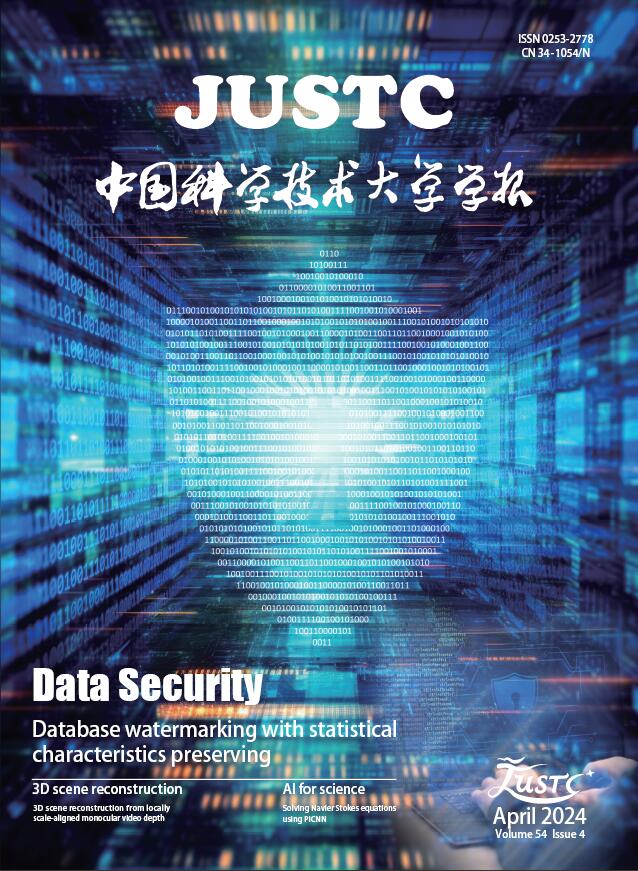2015 Vol. 45, No. 10
Display Method:
2015, 45(10): 795-803.
doi: 10.3969/j.issn.0253-2778.2015.10.001
Abstract:
2015, 45(10): 829-835.
doi: 10.3969/j.issn.0253-2778.2015.10.005
Abstract:
2015, 45(10): 836-845.
doi: 10.3969/j.issn.0253-2778.2015.10.006
Abstract:
2015, 45(10): 846-854.
doi: 10.3969/j.issn.0253-2778.2015.10.007
Abstract:
2015, 45(10): 855-863.
doi: 10.3969/j.issn.0253-2778.2015.10.008
Abstract:
2015, 45(10): 864-870.
doi: 10.3969/j.issn.0253-2778.2015.10.009
Abstract:





